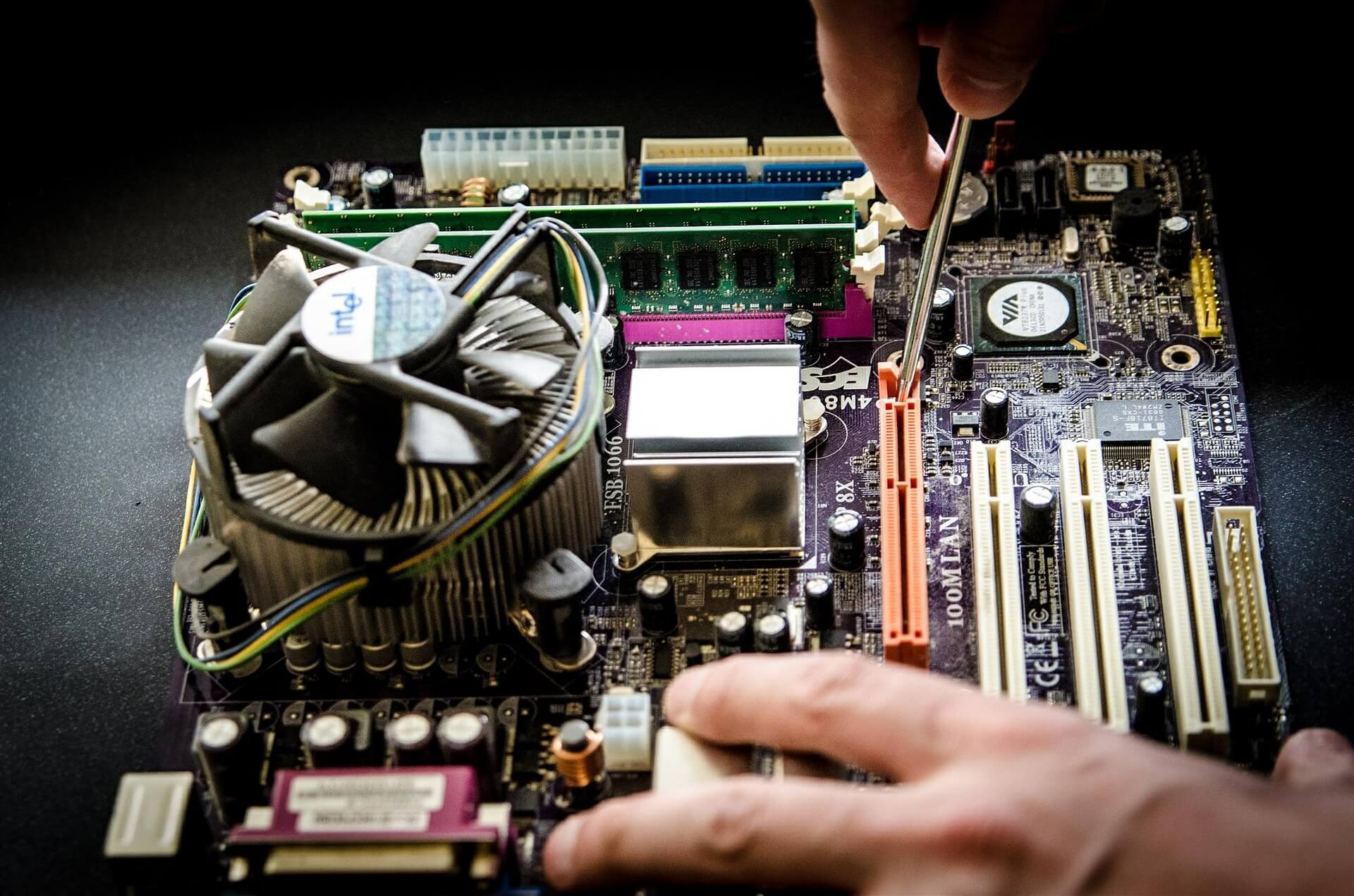Everyone knows the pain of using a slow laptop. Programs take forever to start, not to mention booting the laptop, and everything seems to be unresponsive at times. Not only does this waste a lot of time for the user, but it can also cause some severe headaches and stress an individual out.
Are you dealing with a slow laptop? Here are four tips to help you speed it up!
- Keep Everything Up to Date
While updating your laptop’s software, operating system, and so on helps with keeping your device secure from any cyber threats, it improves its performance as well. These updates allow the laptop to run more efficiently, meaning a snappier and quicker experience, not to mention enhanced stability.
While there is plenty of different software out there to help you keep track of new updates and drivers, Window’s automatic updates can also help you with it. Enable automatic updates for Windows and set it to let you know when an update is pending. That way, you can be sure that you’re ready for the system to update without it interrupting your workflow.
- Uninstall and Remove Unnecessary Files and Software
Over time, your laptop is going to take in more and more files, programs, software, and anything else that takes up its storage. Unfortunately, the less storage space you have, the slower the storage device will perform, severely hampering your laptop’s performance. Because of this, you must carry out a cleaning or uninstalling session once in a while.
To uninstall programs in Windows, head to the control panel first. There, you will find “uninstall a program” under “Programs.” Click on it and look for programs that you don’t use anymore and get them uninstalled. If you find programs you aren’t familiar with, do a quick online search and figure out if it is vital to the system’s operations or what you do. If not, get rid of them.
- Reduce the Number of Startup Items
If you’ve just about had it with your laptop’s boot time or overall performance, you should consider reducing the number of startup items. The reason your computer takes forever to boot or get going after entering the home screen is that too many software are starting up, fighting each other for resources to get up and running.
Of course, the most logical fix for this is to stop them from starting up in the first place. There is software out there that’ll help you identify startup items and allow you to select whether or not you want to disable them altogether, delay their startup, or keep them as is. Unless you absolutely need a program to run at startup, disable them or at least suspend them. After all, you can always start them up later on when needed.
- Select the Right Power Settings
When working with a laptop, you have the option of how much power your device consumes for performance. Generally, you’ll be given three options: power-saver, balanced, and high-performance mode. The higher the performance, the more power is consumed. If you’re running on battery, it would be a good idea to sacrifice some performance to extend your battery life. However, if you’re connected to a power source, we recommend that you opt for the best performance.
The bottom line
Your laptop can be slow for many reasons, whether that is the wrong power setting, next-to-full storage, or having too many programs running at the same time. By following the tips we’ve given you, you can enjoy a much faster and responsive laptop in no time. However, if you genuinely want to experience an upgrade, we highly recommend upgrading your spinning-drive storage to a solid-state drive if it isn’t already so.
If you are looking for laptop repairs Barnsley, we’re an IT support solution that specializes in computer services. Get in touch with us today to see how we can help.

